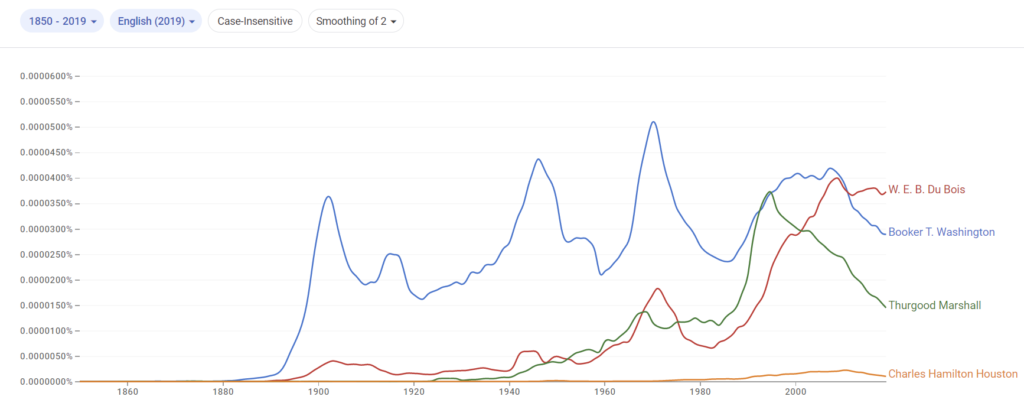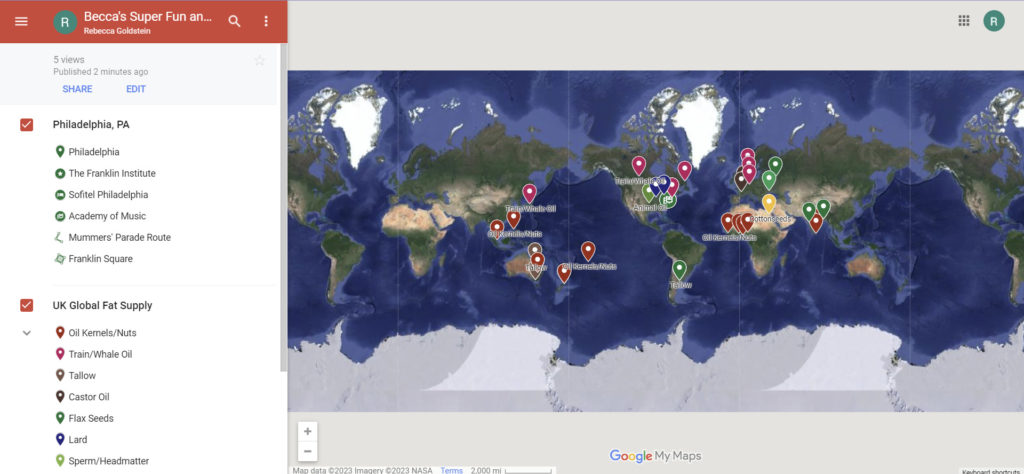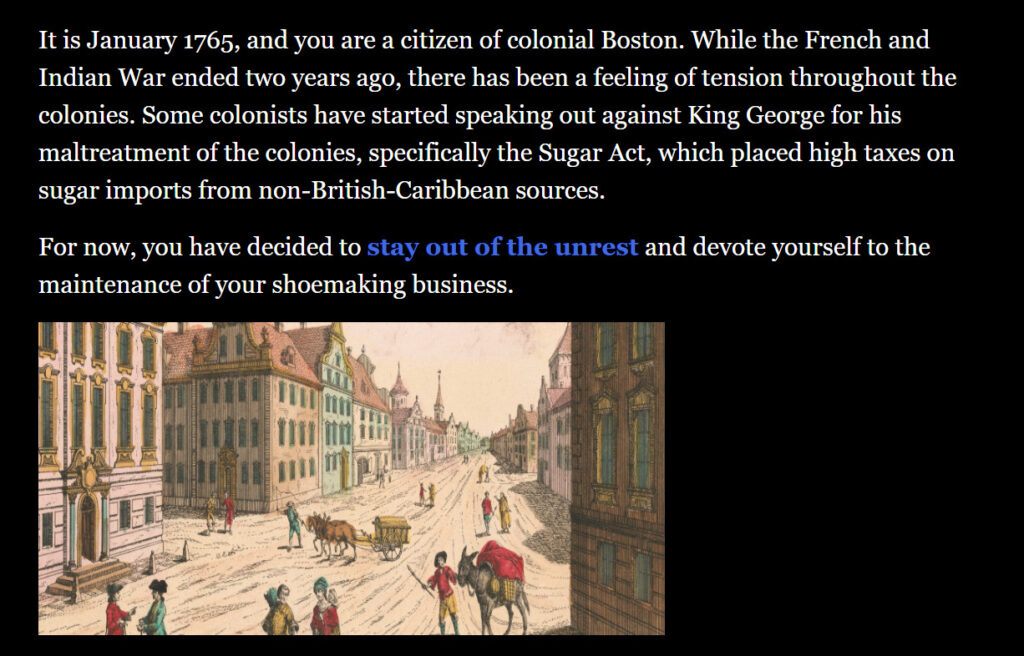Skill #1

My name is Becca Goldstein, and I am a sophomore at Roanoke College. I am majoring in Education Studies and Spanish. I am currently the Vice President and Social Media Coordinator for Film Club and a member of the Historical Society, Toy Like Me, and the Honors Program. I work for the college as a Fall New Student Mentor and Education Department Assistant.
Skill #2

Screenshot of a confirmation email presenting the metadata relating to the file BRLP_v.9_n.2_combined.pdf, a digitization of the newsletter Blue Ridge Lambda Press, vol. 9, no. 2. By digitizing this newsletter, anyone with access to the database can find and view it. The metadata attached to the file makes it easier to search for in the database. This issue of the newsletter is from March-April, 1991, and covers topics such as anti-bias policies at local universities, RVGA elections, and Virginia Legislative decisions. There is even an advertisement for events at The Park, a dance club in Roanoke that is still in operation!
Skill #3
Using machine reading to explore the coverage of Victoria Woodhull in Southern newspapers

SOURCE: Chronicling America: Historical American Newspapers, Library of Congress
The above image is a digitization of an article from the Memphis Daily Appeal about suffragette Victoria Woodhull. When searching for articles similar to this one, researchers use optical character recognition (OCR) to search digitized documents for specific words or phrases. The article “Mrs. Woodhull’s Lecture” from the Memphis Daily Appeal describes the lecture Victoria Woodhull is set to give the following day at the Memphis Theater. The article is not attributed to a specific journalist. The author speaks highly of Woodhull, although is still influenced by the sexism to be expected of the time, calling her a “strangely gifted woman” who is “pre-eminent above her sex in intellect.” Woodhull’s sister, Tennie C. Claflin, and her accomplishments are also mentioned. I would be interested in comparing this author’s coverage of Woodhull’s lecture to that of others who may not hold Woodhull in as high a regard.
Using machine reading to compare presidential inaugural addresses, Herbert Hoover (1929) vs. Franklin D. Roosevelt (1933)
Word clouds generated from Herbert Hoover’s U.S. presidential inaugural address, March 4, 1929 (left) and Franklin D. Roosevelt’s U.S. presidential inaugural address, March 4, 1933 (right). SOURCE: The American Presidency Project.
I was curious to see how Hoover and Roosevelt spoke about the state of national and world affairs during the Great Depression. Hoover did not use one word very much more than another. The one most used, “government,” likely pertains to his explanation of his beliefs about the role of the government. The prevalence of “18th” interests me as I interpret it to refer to the 18th amendment, prohibition. While Hoover was not in office during the ratification of the 18th amendment, he did not repeal it and thought it was important enough to cover in-depth in his inaugural address. The prevalent words in Roosevelt’s inaugural address convey an inspirational tone to his speech. He used words such as “shall” and “will” to show his commitment to progress. Roosevelt’s address presents a more balanced view of the state of the country, using words such as “dark,” “fear,” and “failure” and words such as “spirit,” “duty,” and “great.” Using machine reading to count the frequency of words used by each president allows historians to efficiently analyze the themes of their speeches. Without the use of machine reading, the form of distant reading used to create the word clouds above would take hours, making the insights we gain from them much more arduous to achieve. This comparison of presidential inaugural addresses is an example of applying digital history tools to small data, only a few pages of text, as opposed to big data, which can be thousands of books.
Using machine reading to research key figures in the road to Brown v. Board of Education

I wanted to compare the coverage of four important figures in the fight for equal rights, and how interest in these figures changed over time. Booker T. Washington emerged on the national stage first and remained the most popular (in terms of coverage in English-language books) for about a century, with spikes in interest around 1900, 1950, and 1970. Interest in W. E. B. Du Bois had a small spike in the 1970s and a larger one in the early 2000s. Interest in Thurgood Marshall peaked in the 1990s and has steadily declined since. Although Charles Hamilton Houston was a key figure in the lead-up to and eventual trial of Brown v. Board of Education, he has remained of little interest. I interpret the spikes in interest in Booker T. Washington and W. E. B. Du Bois in the 1800s and the first half of the 20th century are related to their speeches, articles, books, or appearances in those years. Interest in these figures post-Brown may be related to honoring their lives on anniversaries of their birthdays or the anniversary of the Brown decision.
Google Ngram viewer allows researchers to explore trends in big data, millions of books, from as far back as 1800 and up to 2019. This is a form of distant reading that can help answer certain questions about trends in information over time.
Skill #4

A spatial representation of data regarding the history of British global fat imports in the 1890s from the Programming Historian and locations of personal significance in Philadelphia, Pennsylvania. The map was created utilizing Geographic Information Systems (GIS), technology that utilizes a digital space to translate sets of coordinates into visualizations of their locations. While Philadelphia was, and still is, an important city for the American economy, I am not sure what its role was in the global fat trade. Perhaps the energy provided by burning fat somehow led to the creation of some of the Philadelphia locations marked on the map.
Skill #5
Skill #6
Skill #7

Check out my Twine, a text-based video game. To play, click on this link. The link will pull up an HTML file. Click “Download.” Now, open the website for Twine, click “Use in your Browser.” Click “Library,” then “Import,” and choose the HTML file you just downloaded. Click on the imported story. Now click “Build,” then “Play.” Voila: it’s my game!

